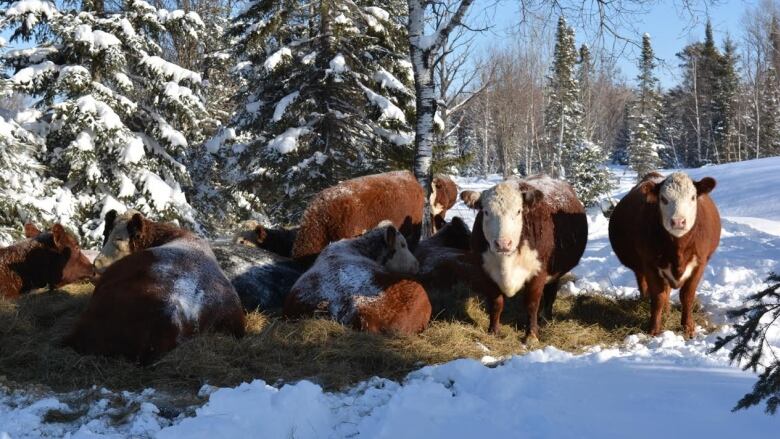'Bright future' for agriculture, says Emo, Ont. farmer
People want to know the farmer, know where their food comes from

A new generation of northwestern Ontario residents is getting back to the land.
Kim Jo Bliss, who runs a beef operation near Emo said there's been a resurgence of interest in farming in the region.
A warming climate and reasonable land prices are encouraging more people to go into farming, she said, but the local food movement is also having a big impact.
People want to know where their food comes from
"People wanting to know just where their foods come from actually has opened up more markets for those of us who are farming," Bliss said, "because people want to know the farmer and want to know where their food comes from."
As for raising awareness of local farms, Bliss said there have always been challenges, both in the region and in different markets.
"I think there's been, always been these misconceptions we only have a month without snow, we're living in igloos, can't grow anything here," Bliss said, "we're successfully growing pretty much everything they can grow in the south. Corn is a big crop in the north now, [and] soya beans."
Still, farming in the northwest, as in any region, comes with its challenges.
"[One of the] challenges of farming in north is money," Bliss said, " of course high expenses, not enough revenue."
"It's difficult when you go to a store to buy steak or roast ... most people automatically think 'boy farmers are making a lot of money,' but that doesn't reflect what we are making."
High value crops ahead?
The Northern Ontario Heritage Fund has been a big help for farmers in the region, Bliss said, as the grants have allowed farmers to devote resources into land clearing as well as tile draining.
"Land clearing opens up your land," Bliss said, "whether it be pasture or crops with the amount of money you put into it, you kind of hope they're going to grow a higher value crop."
And as for farming's future, Bliss is encouraged by the amount of attention her farm is getting, as well as the enthusiasm the next generation is bringing to what has traditionally been a difficult vocation.
"There's a really bright future in the north, because slowly people are waking up to see that things are happening here and that we've been really successful," Bliss said.












_(720p).jpg)


 OFFICIAL HD MUSIC VIDEO.jpg)
.jpg)



























































































